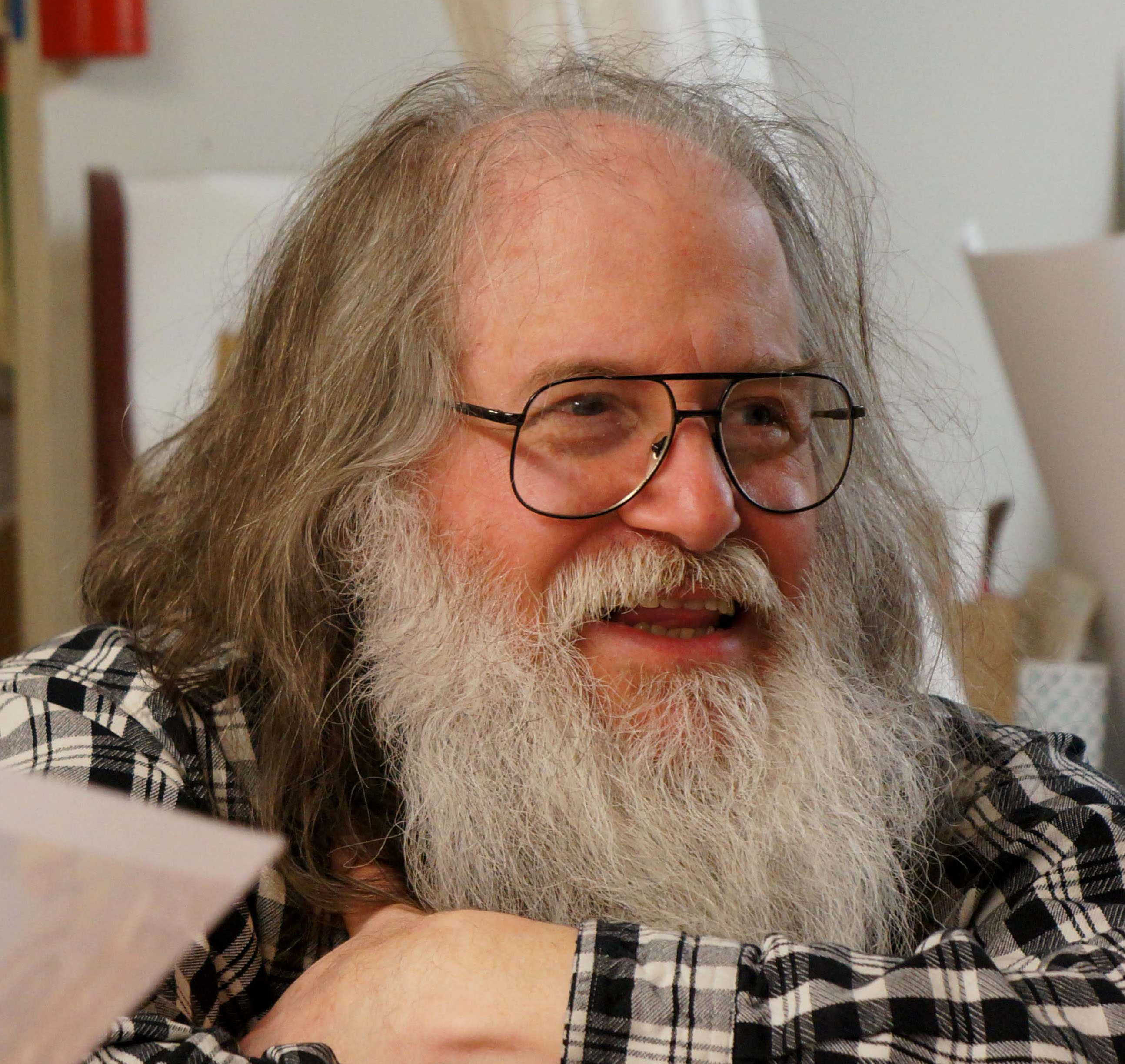Ask Jeff, People’s Sculpture Racing Chief Engineer….
- All sculptures must be able to traverse a ¾ mile course with no more than 5% grades, in less than 1 hour through the efforts of one to twelve individuals pushing or pulling. The course will be paved, but may include short stretches of lawn. Select pedaled sculptures will be permitted. All sources of power must be living organisms. (Dogs count as 1/2 a human, horses or other draft animals count as two humans. Users of non-human engines must provide a cleanup crew.) People riding the sculpture, or “running” with the piece but not contributing to forward motion, don’t count as part of the engine.
- Rolling parts (such as wheels) or other devices making motive contact with the ground (one renowned racing sculpture had walking metal feet), must be integral to the artistic work. Moving elements of the sculpture that don’t contribute to forward motion can be powered by any means not involving internal combustion engines, or open flames. The piece’s tentacles could be squirmed by electric motors, pneumatic cylinders, a 5 year old kid turning a crank, or magic spells. Any gears or belts, etc., that can be reached by an average sized 8 year old riding on, or standing next to the machine should have some sort of guard at any pinch points.
- The sculpture must be able to remain upright when left unattended. This means a flat bottom if carried, or at least 3 points of contact if wheeled or legged. The sculpture must have a parking brake or other means to prevent its escape. If pedaled, it will need actual road brakes that meet the standard set for bicycles.
- Emitting fog (theatrical, or cryogenic) would be great. Emitting actual flames requires written approval in advance from the fire marshal with responsibility for the venue. A “leave only footprints” policy is in effect, blowing soap bubbles is great, glitter cannons are right out.
- All entries must have a way fit thru an 8’ wide opening without disassembly. You may lift some or all of the piece to accomplish this. Stopping to narrow the sculpture is permitted, but you have to be able to complete the change in under 1 minute. Those sequined, 20′ wings that your Balrog is sporting are officially declared to be awesome, and are allowed as long as they can fold, so they can make it past the traffic light and/or thru the gate at the park.
- Sculptures can be any length, but must be able to manage a 100 degree turn on ordinary city streets with a 10′ lane width. The sculpture may come to a full stop, and even back up if needed. Some assistance by lifting and shoving is fine, disassembly is not. Building it in multiple linked segments would be impressive looking. If the sculpture has a “front”, or can only be propelled in one direction it must be able to be turned completely around in a 30′ wide street. Some disassembly is fine, but it must be able to complete the turn in 5 minutes.
- Height is not limited, but the piece must have a way to fold to fit under a 9′ bridge. (So your obelisk will need to telescope or fold.) Folding should not require disassembly. Stopping while folding is permitted, but discouraged.
- There is no rule 8.
- Weight is limited to 5000 lbs. per segment, and no more than one ton at any point of pavement contact.
- Lighting (decorative and functional) is encouraged.
- The sculpture (or crew) making music, or even just random noise, is a great idea. The maximum volume should be no greater than 110db, measured at a distance of the piece’s width, from the midpoint of the machine. The musicians may “run” with the piece, or ride it. If they aren’t contributing to propulsion they don’t count toward the 12 engine limit. Amplification is permitted. You must secure appropriate performance rights for music played. Prerecorded music is not permitted.
- Costumes worn by the participants have the same size restrictions that apply to the sculptures. Costumes must comply with any “indecent exposure” laws in effect at the race venue.
